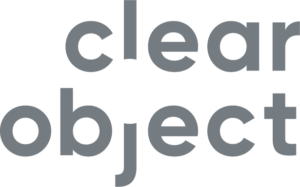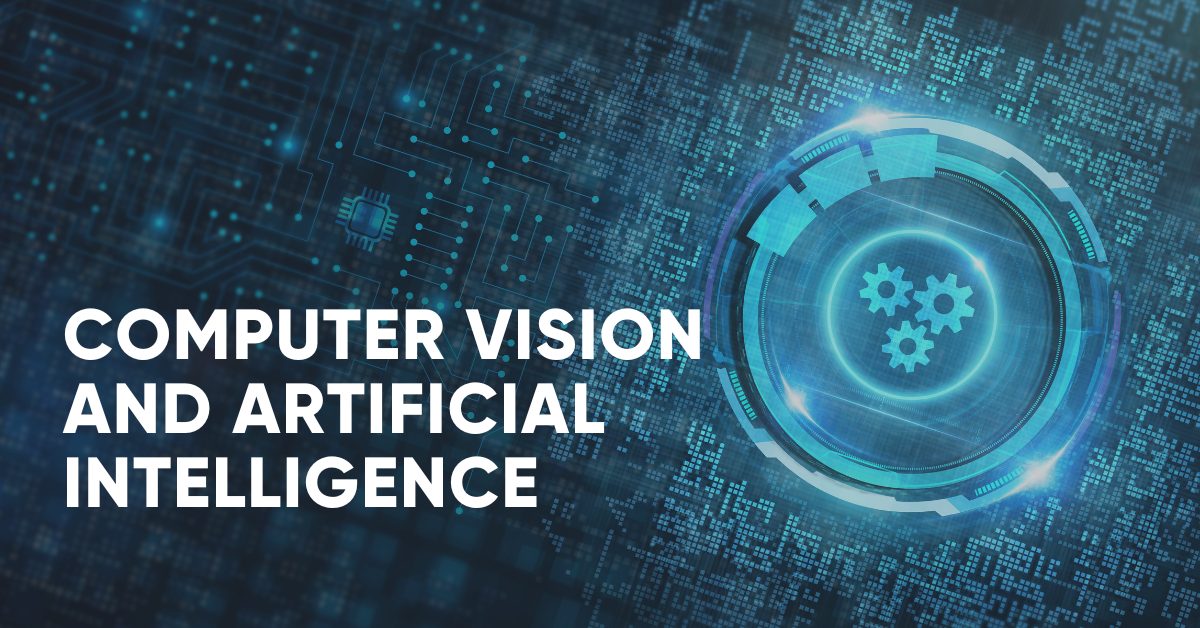Computer Vision (CV) and Artificial Intelligence (AI) are two terms that are often used interchangeably in the technology industry. While both fields are related, they are not the same thing. Swapping the terms during casual conversation may be acceptable, but when building a business strategy it is important to understand what computer vision and AI are and how they can work together to solve a variety of business problems.
What is Computer Vision?
Computer vision is a field of study that focuses on enabling computers to interpret and understand the visual world. This involves analyzing digital images and videos to extract useful information. Computer vision algorithms can perform tasks such as image recognition, object detection, and facial recognition. reCAPTCHA tests that ask you to identify which squares have a train in them rely on CV for image recognition.
The applications of computer vision are diverse and span many industries, including healthcare, manufacturing, and retail. For example, computer vision can be used in medical imaging to detect abnormalities in X-rays, CT scans, and MRI images. In manufacturing, computer vision can be used to monitor production lines to ensure that products are being assembled correctly. In retail, computer vision can be used for facial recognition to personalize customer experiences, detect shoplifting, and even to eliminate the need for cashiers..
What is AI?
Artificial intelligence (AI) refers to the ability of machines to mimic human intelligence and perform tasks that typically require human intelligence, such as problem-solving, decision-making, and natural language processing. AI is achieved through the use of machine learning, which involves training machines on large datasets and allowing them to learn and improve their performance over time.
AI can be divided into two categories: narrow or weak AI and general or strong AI. Narrow AI is designed to perform a specific task, such as image recognition or speech recognition. General AI, on the other hand, is designed to perform any intellectual task that a human can do.
Today, the mention of AI brings tools like ChatGPT to mind, which is a powerful tool (and may or may not have helped us write this post). But AI is being applied in thousands of innovative ways to help both individuals and businesses solve challenging problems and sift through overwhelming amounts of data.
How AI technology can be used with Computer Vision
AI technology can be used with computer vision to enhance its capabilities and provide more accurate and efficient results. One example of this is in object detection. Object detection algorithms can identify objects within an image or video, but they often struggle with complex scenes where there are many objects that overlap. By incorporating AI technology, object detection algorithms can be trained to recognize different objects and classify them accordingly, making it easier to identify objects in complex scenes.
Another example is in facial recognition. While computer vision algorithms can detect faces, they often struggle to identify specific individuals accurately, especially when there are changes in lighting, angle, or facial expressions. By incorporating AI technology, facial recognition algorithms can learn to identify individuals based on their unique features, making it easier to track individuals over time.
AI technology can also be used to enhance computer vision algorithms’ ability to process and analyze data. Machine learning algorithms can be trained on large datasets to recognize patterns and make predictions based on that data. This can be useful in applications such as medical imaging, where machine learning algorithms can analyze large amounts of medical data to identify patterns that may indicate the presence of a disease or condition.
Challenges with Computer Vision and AI
Despite the many advantages of computer vision and AI, there are still some challenges that need to be addressed. One of the biggest challenges is bias. AI algorithms are only as unbiased as the data they are trained on. If the data used to train an AI algorithm is biased, the algorithm will be biased as well, which can lead to unfair or inaccurate results.
Another challenge is privacy. As computer vision and AI technology become more advanced, there is a growing concern about how this technology is being used to collect and analyze data about individuals. For example, facial recognition technology can be used to track individuals’ movements and behaviors, which can raise concerns about privacy and surveillance.
CV & AI in Manufacturing
Manufacturing is at the forefront of adopting Computer Vision and AI, using it to automate processes, increase efficiency, and reduce errors. Some of the applications of Computer Vision and AI in manufacturing include:
- Quality Control: Computer Vision and AI technology are being used to identify defects in products and alert operators before they leave the production line. This helps to ensure that only high-quality products are delivered to customers.
- Predictive Maintenance: Computer Vision and AI technology is used to monitor the condition of machines and predict when maintenance is needed, which helps to reduce downtime and extend the life of the machines.
- Robotics and Automation: Computer Vision and AI technology are being used to automate processes such as assembly and packaging, which helps to improve efficiency and reduce costs.
- SoftSensors: Computer Vision and AI technology are being used to calculate new data points within a manufacturing process that before were considered either impossible or too complicated to derive.
By leveraging Computer Vision and AI, manufacturers are beginning to improve their efficiency, reduce downtime, and ensure that only high-quality products are delivered to customers.
CV & AI in Pipeline Inspections
Pipeline inspections are essential for ensuring the safety and reliability of critical infrastructure such as wastewater pipelines. Traditionally, pipeline inspections have been carried out by human operators, which is time-consuming and can be dangerous. Computer Vision and AI technology are being used to automate pipeline inspections, which can help to improve safety, reduce costs, and increase the accuracy of inspections.
Computer Vision and AI technology is used to analyze images and videos of pipelines to identify defects such as cracks, corrosion, and leaks. This helps operators prioritize repairs and prevent potential accidents. Additionally, Computer Vision and AI technology can be used to monitor the condition of pipelines over time, which helps to identify trends and predict when maintenance is needed.
Implementing Computer Vision and AI technology speeds the processing of pipeline inspection data while helping to improve safety, reduce costs, and increase the accuracy of pipeline inspections.
CV and AI in QSRs (Quick Service Restaurants)
Forward-thinking QSRs of all sizes are adopting Computer Vision and AI technology to streamline operations and improve customer experience. Some of the applications of Computer Vision and AI in QSRs include:
- Traffic Flow: Both in-store and drive-thru traffic can be monitored and analyzed to provide insights and recommendations for improving the efficiency of operations and creating a more pleasant ordering experience for customers.
- Quality Control: QSRs are using Computer Vision and AI technology to improve order accuracy and to confirm that meals are being prepared properly.
- Inventory Management: QSRs are using Computer Vision and AI technology to monitor inventory levels in real-time and predict when supplies are needed.
By adopting Computer Vision and AI technology, QSRs can improve their efficiency, reduce costs, and enhance the customer experience.
What’s next for Computer Vision & Artificial Intelligence?
Computer vision and AI are two distinct fields of study that are related but not the same thing. Combining Computer Vision’s analysis of digital images and videos with AI’s ability to solve problems that typically require human intelligence is helping businesses in a number of industries improve performance.
It will still take human imagination to help businesses understand and implement the many benefits of Computer Vision and AI. What do you think is the next big industry to be impacted?
Training and optimizing AI models takes a team of experienced professionals. ClearObject has unique expertise in training and implementing AI models across industries.
CONTACT US

